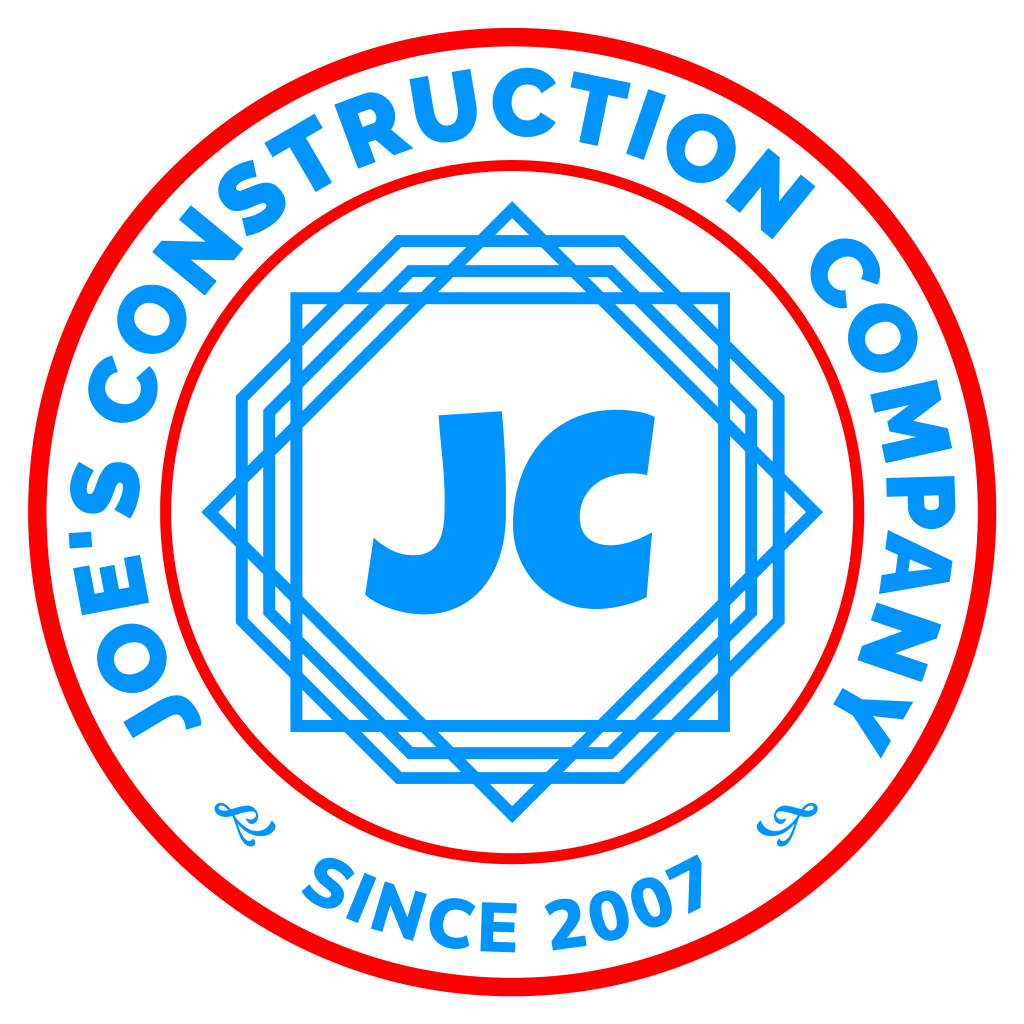Understanding How a General Contractor Business is Structured
When embarking on a construction project, choosing the right general contractor (GC) is crucial. They’ll be your point person, overseeing the project and ensuring it meets your vision, budget, and timeline. But with various GC approaches, how do you pick the best fit? Let’s explore the pros and cons of three common types:

1. The Hands-On General Contractor: Self-Performing Most of the Work
Pros:
- Direct Control: The GC manages the crew directly, allowing for tighter quality control and potentially faster turnaround times.
- Potential Cost Savings: By eliminating subcontractor markups, you might save money, especially on change orders.
- Strong Communication: Easier communication as you deal directly with the GC for all project aspects.
Cons:
- Limited Expertise: The GC’s skillset might not encompass every aspect of the project.
- Scheduling Challenges: Unexpected issues can disrupt the workflow if the GC crew is stretched thin.
- Insurance Considerations: The GC might need broader insurance coverage for all the performed tasks.
2. The Orchestrator General Contractor: Primarily Subcontracting
Pros:
- Specialized Expertise: Access to a network of skilled subcontractors for each project phase.
- Scalability: The GC can easily adapt to projects of varying sizes and complexities.
- Reduced Overhead Costs: The GC doesn’t require a large in-house crew, potentially leading to lower overhead costs.
Cons:
- Less Direct Control: Communication and quality control might require extra effort as you work through the GC.
- Potential for Cost Overruns: Subcontractor markups can inflate the overall project cost, especially on change orders.
- Scheduling Dependencies: Reliance on multiple subcontractors can lead to delays if one falls behind.
3. The Hybrid Approach: A Mix of Self-Performed and Subcontracted Work
Pros:
- Flexibility: Combines the benefits of both worlds – in-house expertise for core tasks and specialized subcontractors for niche jobs.
- Potential Cost Optimization: The GC can handle specific tasks efficiently while subcontracting out specialized work to avoid markups on common skills.
- Streamlined Communication: A single point of contact (the GC) manages communication with subcontractors.
Cons:
- Finding the Right Balance: Striking the right balance between self-performing and subcontracting requires careful planning by the GC.
- Potential for Issues: There can be complications if communication between the GC’s crew and subcontractors isn’t seamless.
Choosing Your General Contractor Partner
The ideal GC type depends on your specific project.
- For smaller projects with well-defined scopes, a hands-on GC might be suitable if they possess the necessary expertise.
- For larger or complex projects, a GC with a strong subcontractor network can ensure access to specialized skills.
- For projects with a mix of common and specialized tasks, a hybrid approach could offer the best of both worlds.
The key is to thoroughly research potential GCs, understand their experience, communication style, and how they typically manage projects. Don’t hesitate to ask for references and get multiple quotes before making your decision.
By carefully considering these factors, you can choose the GC who will be the perfect partner for your successful construction journey. Joe’s Construction Company is a hybrid general contracting company, which falls into the third option above. We have an extensive network of subcontractors throughout San Diego but also have the hands-on experience to jump in whenever and however required. Contact us to discuss your project or schedule a discovery call. We are always happy to help!
